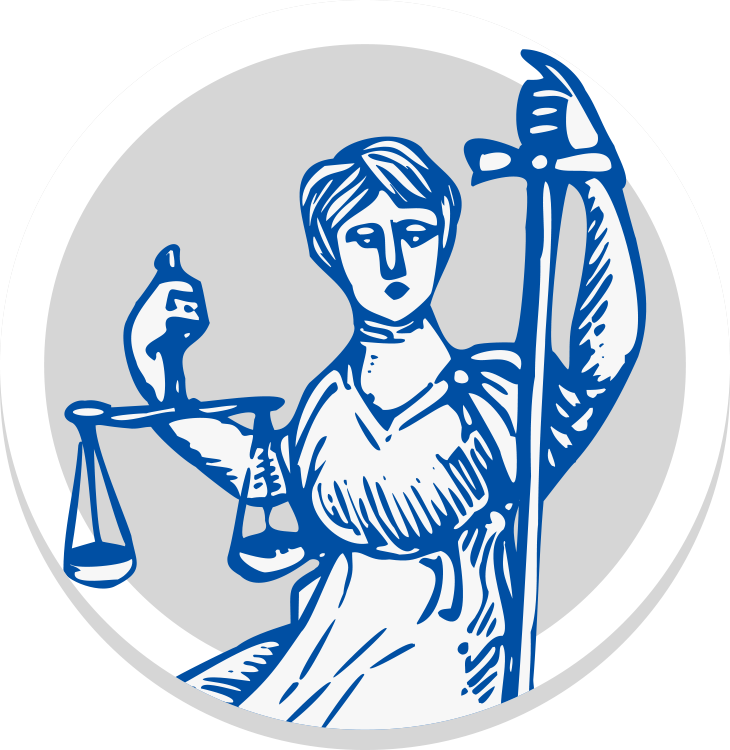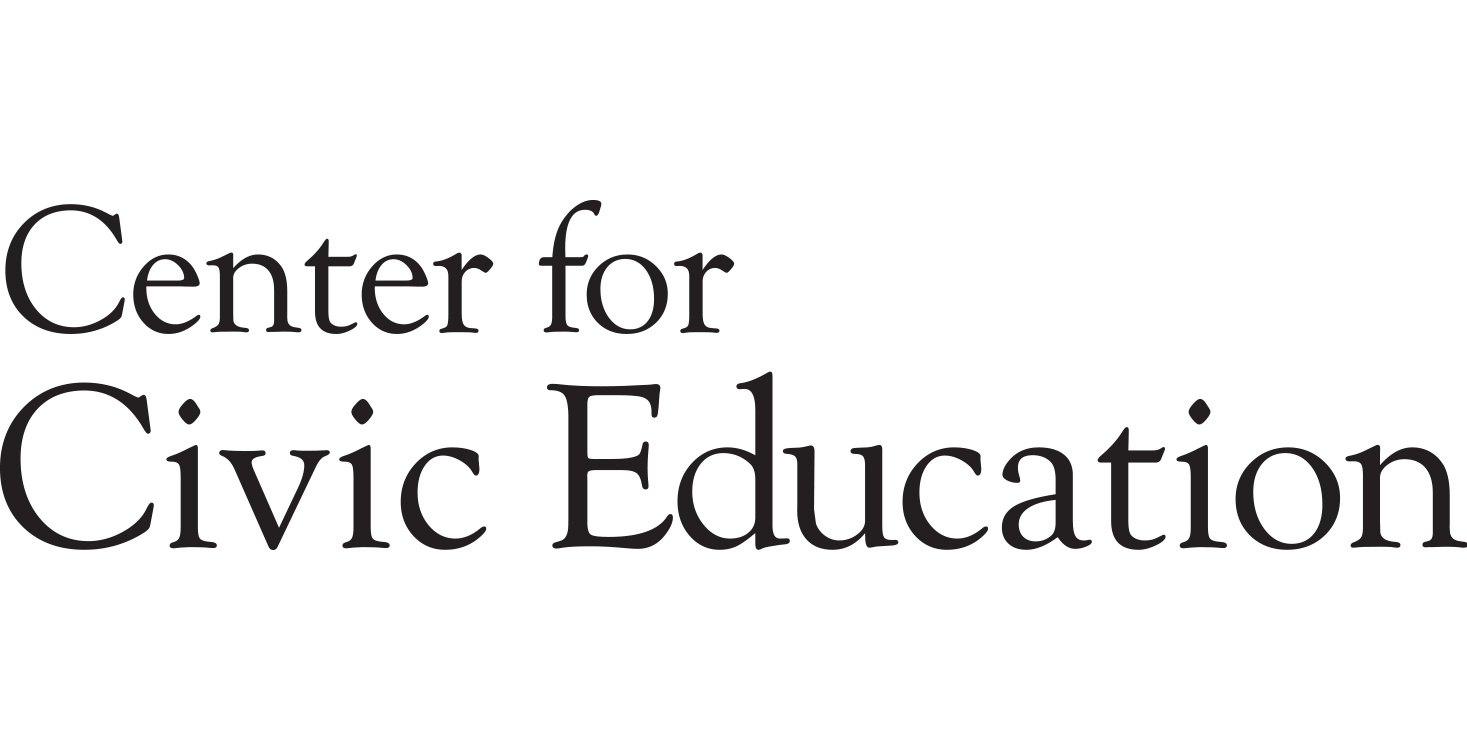
Has Dr. Martin Luther King's Legacy Been Fulfilled?
While Dr. Martin Luther King Jr. is arguably the most well-known figure of the civil rights movement, many do not fully comprehend his impact on the lives of Americans. Teaching about Dr. King is essential for students to understand the struggle for civil rights that continued even today. It honors diversity and explores the values of justice. Allowing students to read and listen to Dr. King’s words helps them understand the power of taking informed action.
Lesson Plan: Day 3
- Ask students to think about what they already knew about Dr. King and all that they have discovered from the previous days’ lessons.
- Display the following sentence starter for the students to complete individually:
- Dr. King’s greatest accomplishment was … because…
- Allow volunteers to share their responses if desired.
Universal Design for Learning Guidelines (UDL)
- Allow sufficient wait time for students to formulate answers.
- Consider allowing students trio time to formulate answers.
Civic Dispositions & Skills
- Incorporation evidence
- Share the first 37 seconds of this video: Student Civil Rights Activism: Crash Course Black American History #37
- Ask the class which group of people most effectively makes social change possible, according to the video. Replay the 37-second clip as needed.
- Display today’s supporting question, “How does Dr. King’s legacy impact your life?”
- Ask students to share their initial responses to this question and allow students to generate their own supporting questions.
- Consider recording answers on an anchor chart.
UDL
- Allow sufficient wait time for students to formulate an opinion.
- Consider allowing students trio time to formulate answers.
- Consider allowing students to utilize a speak-to-type feature to record their answers on the graphic organizer.
- Utilize a text-reader function when needed.
ML
- The supporting question could be translated or provided as an audio file, as needed.
SEL
- Self-awareness
Civic Dispositions & Skills
- Attentiveness to political matters
- Critical thinking
Note: Before delivering this segment of the lesson, consider cutting out the individual hexagons on the Hexagonal Thinking Template, as you will need them for steps 5–8.
- Display this MLK Doing for Others Quote for students.
- Tell students it is attributed to a sermon by Dr. King in 1957.
- Ask students to explain the meaning of the quote.
- As a class, develop a list of 10 ways you can serve others.
- Record answers on precut Hexagonal Thinking Template shapes.
- Using hexagonal thinking strategies, ask students to connect with the answers you wrote on your shapes. For example, consider pairing “welcome a new student” with “being a homework buddy” and “eating lunch with someone new.”
- Ask students to explain or justify why these three examples could fit together. For example, a way to welcome a new student is to be their homework buddy or invite them to eat lunch with you.
- As a class, continue the matching for a few more answer shapes, ensuring you encourage discussion about why/how the answer shapes fit or connect together.
UDL
- Ask a student to rephrase the quote for the class.
- Allow sufficient wait time for students to formulate a response.
- Consider allowing students trio time to formulate answers.
- Breakdown vocabulary, as needed.
- Displaying the Hexagonal Thinking Template responses via a document camera would support visual learners.
ML
- Quote could be translated or provided as an audio file, as needed.
- Provide lesson vocabulary translated into the native language of students.
SEL
- Social awareness
- Responsible decision-making
Civic Dispositions & Skills
- Incorporation evidence
- Critical thinking
- Active learning
Note: Prior to delivering this segment of the lesson, consider cutting out the individual hexagons from the Making MLK Connections document to create sets for each group if you feel this step may impede on instructional time. Additional supplies for this segment include tape or glue and one poster paper per group.
- Using your routine strategy for setting up groups, divide the class into small groups of approximately three students each.
- Revisit today’s supporting question: “How does Dr. King’s legacy impact your life?”
- Provide each group of three with the Making MLK Connections hexagon shapes and one piece of poster paper.
- Inform students that they will create their hexagonal connection shape using the words provided.
- Students are also encouraged to add their answers to today’s supporting question, “How does Dr. King’s legacy impact your life?,” by using the blank hexagon shapes in the set.
- Encourage students to collaborate and question connections and placements of the shapes. Be sure shapes remain unglued so students can make changes based on collaboration and discussion.
- After approximately 15–20 minutes, distribute glue or tape and instruct students to adhere hexagons onto their poster paper.
UDL
- Teacher may wish to model how to conduct the primary-source investigation with one of the three topics.
- Utilize closed captioning when viewing videos if needed.
- Consider allowing students to utilize a speak-to-type feature to record their answers on the graphic organizer.
- Utilize a text-reader function when needed.
ML
- Hexagonal starter words could be translated into needed languages.
SEL
- Self-awareness
- Relationship skills
Civic Disposition & Skills
- Collaboration
- Incorporation evidence
- Active learning
Extending Learning
- If time allows, students could explore one of the other two investigations.
- Provide each group with 5–10 sticky notes.
- Direct students to review their completed MLK Connections poster as a group and select at least five of their best connections.
- Using a sticky note, the group will justify or explain their connection for the five best connections they selected by completing this sentence starter, “These ideas connect because …”
- Display completed MLK Connections posters and conduct a gallery walk, allowing students to observe each others’ connections and justifications.
UDL
- The teacher may wish to model how to use the assessment tool.
- Consider allowing students to utilize a speech-to-type feature to record their answers on the sticky-note justification part of the assessment tool.
SEL
- Social awareness
- Self-reflection
Civic Dispositions & Skills
- Collaboration
- Incorporation of evidence
- Active learning
Extending Learning
- If time allows, students could provide additional connection justifications.
- Congratulate the young scholars on conducting this inquiry investigation.
- Ask students, “Has Dr. Martin Luther King’s dream been fulfilled?”
- To answer the compelling question, students will record an audio or video response, which will include their claim (answer to the compelling question) supported by evidence of at least three examples gathered from their investigations.
- Consider utilizing the Inquiry Reflection Tool for student self-reflection.
UDL
- Alternatively, students could submit written, video, or illustrated responses for the summative assessment.
- Consider allowing students to utilize a speech-to-type feature to record their answers if needed.
SEL
- Self-awareness
- Self-reflection
Civic Dispositions & Skills
- Critical thinking
- Real-world application
- Incorporation of evidence
- Active learning
Extending Learning
- Students could create a multimedia presentation to answer the compelling question, incorporating primary-source evidence collected during their investigations.







